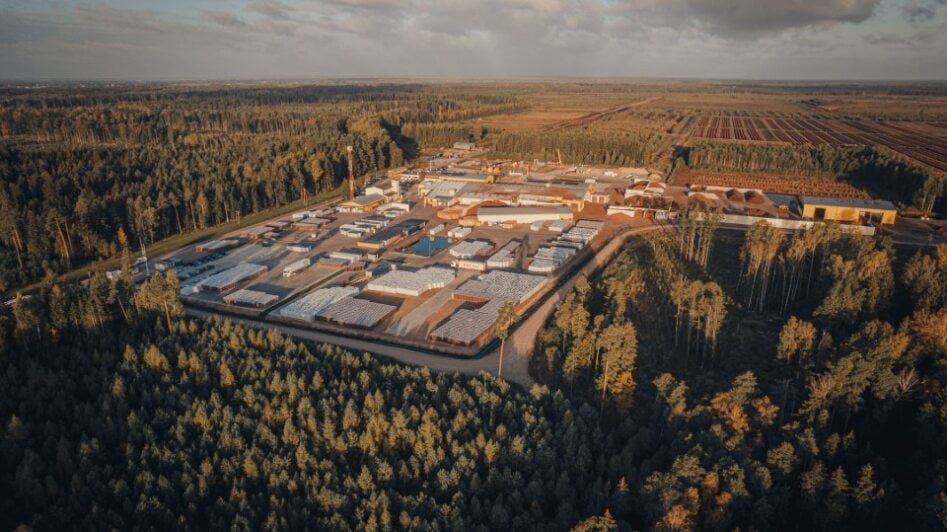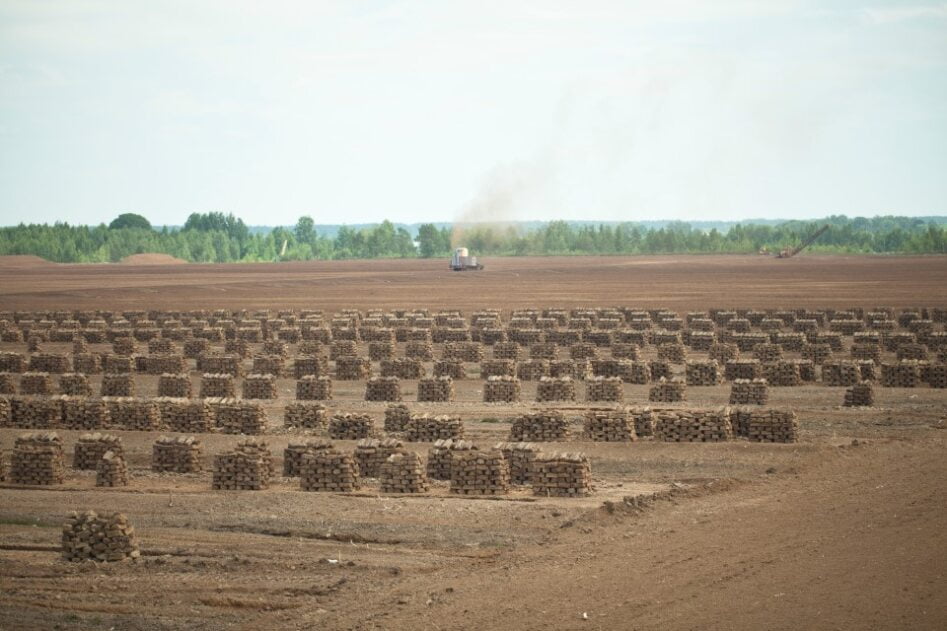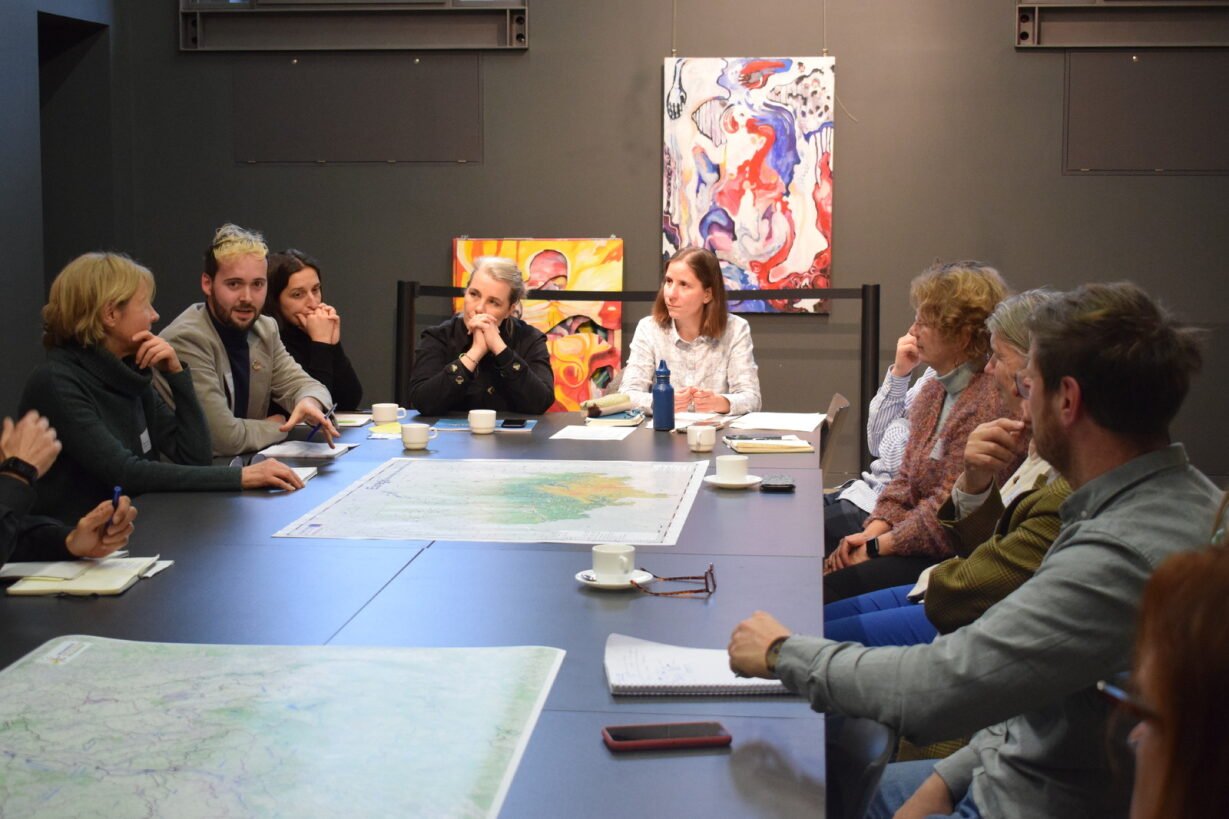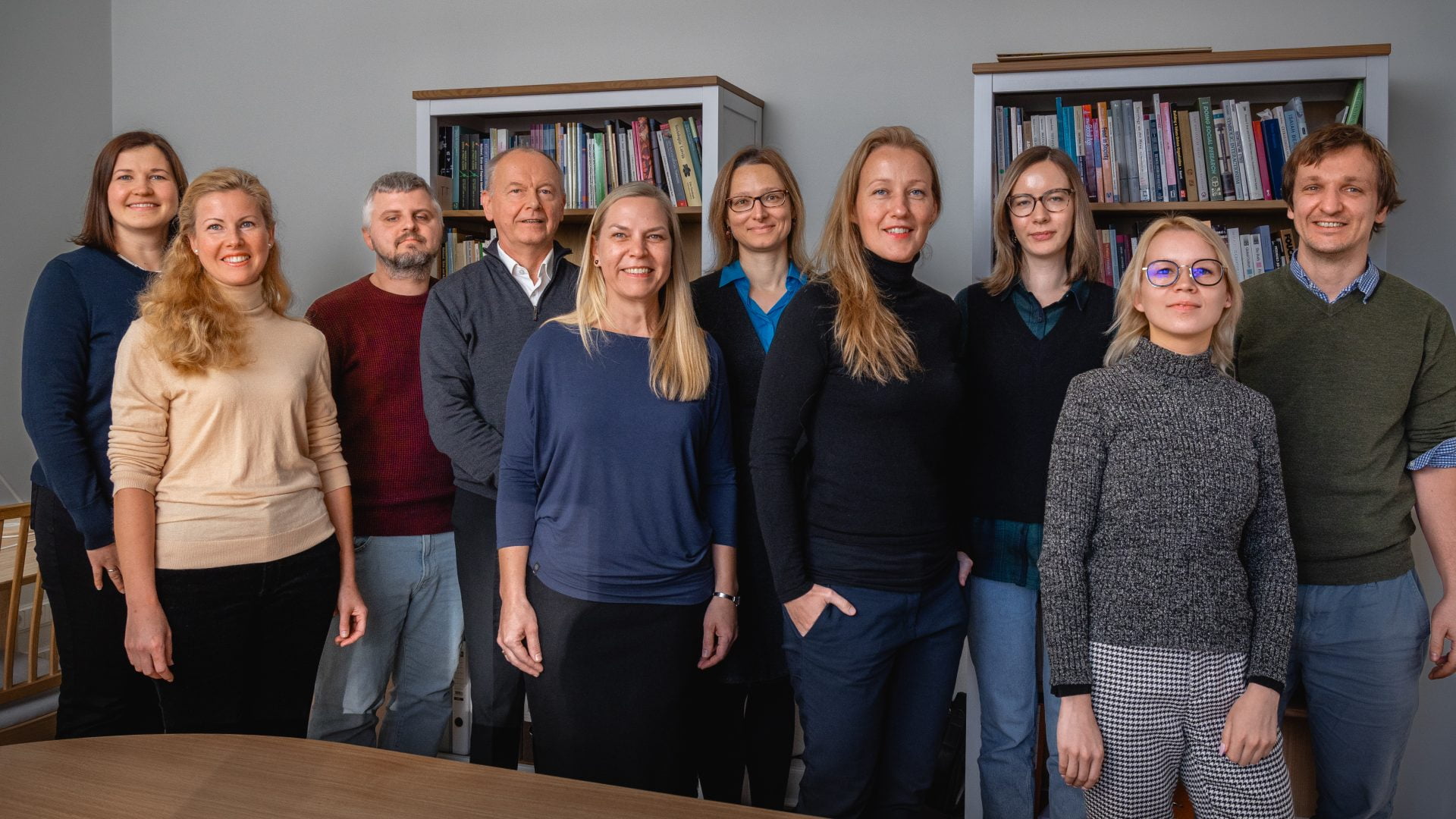
Kaigu peatland (LV)
Kaigu peatland is a natural territory located in the central part of Latvia. In the peatland, diverse land use practices co-exist in a complementary manner: industrial peat extraction, recultivation of peatland, nature and biodiversity conservation, and recreational activities.
Focus area and Challenges
Kaigu peatland practice case focuses on sustainable management of peatlands. Peatlands cover approximately 10% of Latvia’s territory (Nacionālā Enciklopēdija). They are of significant environmental, economic, and socio-cultural value. Peatlands contribute to biodiversity, landscape preservation, act as natural carbon storage, provide valuable minerals such as peat and sapropel, and support foraging and recreational activities. The primary use of extracted peat of Kaigu peatbog is horticulture and forestry, where peat products and substrates serve as a natural input for cultivation of plants and food production. However, after peat extraction, the peatlands transform into degraded land that emits greenhouse gases. The emissions pose challenges in aligning with climate neutrality goals and the EU taxonomy for environmentally sustainable economic activities. To address these challenges, environmental impact assessments and recultivation plans are mandatory components of peat extraction projects.

Kaigu peatland consists of two parts: in the Southern part peat extraction and recultivation of extracted peatland takes place, while in the Northern part a Natura 2000 protected area is situated, known for the rare and protected bird species from the EU Birds Directive. The PLUS Change project focuses primarily on the Southern peatbog. The company Laflora, the central landowner and land manager of the Southern part of Kaigu peatbog, tests and implements there various peatland recultivation projects once peat is extracted. These include introduction of agricultural production (berries), apiculture, commercial plantations of ornamental plants, re-naturalisation of the wetland’s flora by sphagnum plantations, forestation, biomass production (trees), and there is a plan to develop a wind and solar park for production of renewable energy. These recultivation projects are carried out in collaboration with business partners, scientists, regional government, ministries and state agencies, and in consultation with local communities.
Objectives
The primary objectives of the PLUS Change project revolve around supporting sustainable and climate-friendly land use management practices. In Kaigu peatland practice case, the project collects and enhances knowledge on sustainable and climate-friendly land use management in a contested land-use domain in a territory with valuable environmental and economic resources. The case offers an opportunity to gain in-depth insights in balancing economic, environmental and social goals in land-use strategies, and, specifically, how this is achieved through the diversification of business models, and land-managers’ navigation in a dynamic and complex regulatory context. To achieve these objectives, the PLUS Change project focuses on fostering dialogue and collaboration among various stakeholders, promoting sustainable land use practices that consider the diverse interests within the region.



